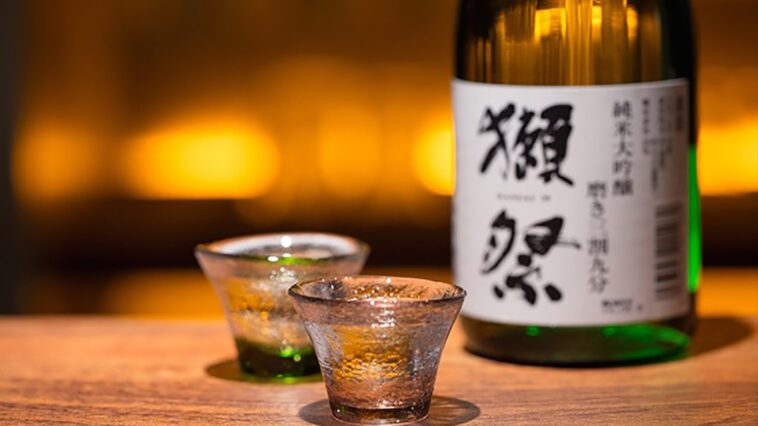Sake, often referred to as “rice wine,” is an integral part of Japanese culture, deeply rooted in its history and traditions. This beverage, with its delicate flavors and rich history, has been enjoyed for centuries in Japan. But in recent years, the allure of sake has transcended Japan’s borders, captivating the palates of enthusiasts worldwide. As global interest in this unique drink grows, so does the desire to understand and appreciate its nuances. The art of rice wine appreciation is akin to a dance, where one learns the steps over time, becoming more attuned to its rhythm and grace.
Understanding Sake Basics

At its core, sake is an alcoholic beverage made primarily from four key ingredients: rice, water, yeast, and koji mold. While it’s commonly dubbed “rice wine,” sake’s brewing process is more akin to beer, where starch is converted into sugars before being fermented into alcohol. This distinction sets rice wine apart from other alcoholic beverages like wine, which is made by fermenting sugar present in fruits. The beauty of sake lies in its simplicity, yet the complexities of its flavors are vast and intriguing.
Exploring Sake Types
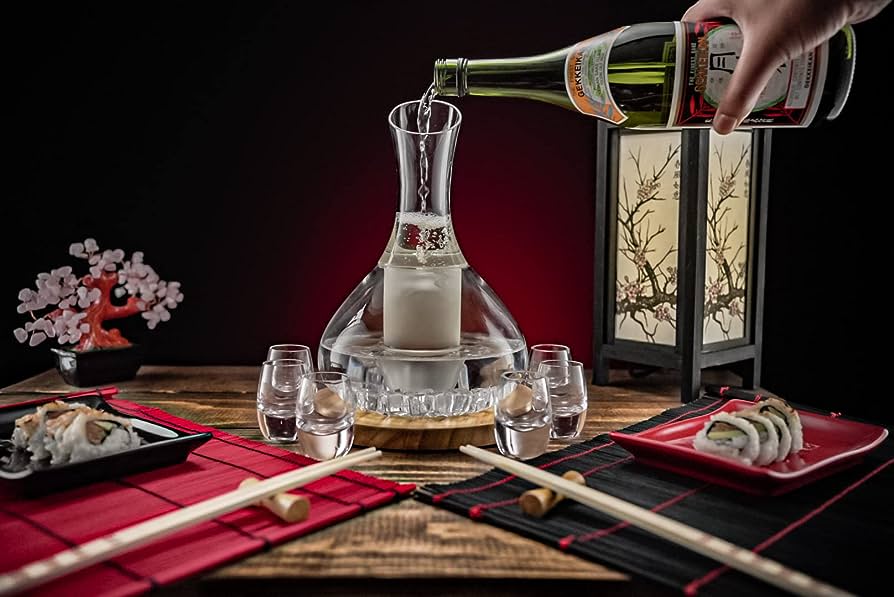
Sake is not a monolithic category. There are several types, each with its unique characteristics. Some of the most notable categories include:
Junmai: Pure rice sake, without added alcohol
Ginjo: Sake made with rice that’s been polished to remove at least 40% of its outer layer.
Daiginjo: A premium version of Ginjo, where rice is polished even more, often up to 50%.
The rice polishing ratio is crucial as the outer layers of rice contain proteins and fats, which can affect sake’s flavor. The more the rice is polished, the cleaner and more refined the taste. Each type offers a unique journey for the palate, showcasing the brewer’s skill and dedication which is something every sake expert can recognize.
Tasting Techniques
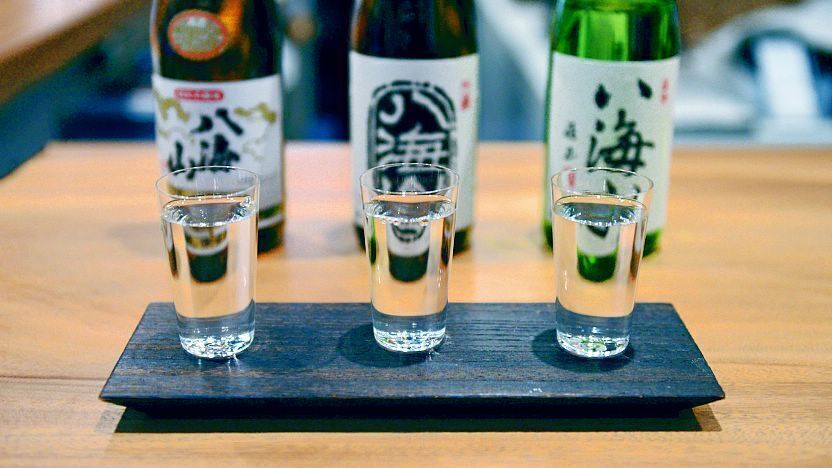
Tasting sake is an art. Start by observing its appearance. A sake’s clarity can range from crystal clear to slightly cloudy. Next, take a moment to experience its aroma. Rice wine can have a myriad of scents, from fruity to floral. When you sip, let the liquid linger in your mouth, allowing you to savor its complexity. As you swallow, try to discern the different flavor notes. With each tasting, you’ll become more adept at identifying the subtle nuances that make each sake unique.
Identifying Flavor Profiles
Sake boasts a spectrum of flavors. Some are fruity, reminiscent of apples or berries, while others might have a floral note, like jasmine. There are also dry sakes, sweet ones, and those that have the deep umami flavor, often described as savory. Recognizing these profiles comes with experience, so the key is to taste a wide variety and take notes. Over time, you’ll develop a refined palate, able to discern even the most subtle flavors.
Pairing Sake with Cuisine
Sake’s versatility makes it a fantastic companion for food. Its umami-rich profile complements sushi perfectly, while a dry sake might be the perfect match for grilled meats. The key is to experiment and find which rice wine enhances the flavors of different dishes. As you explore, you’ll discover that sake can elevate a meal, creating harmonious pairings that delight the senses.
Understanding Sake Labels
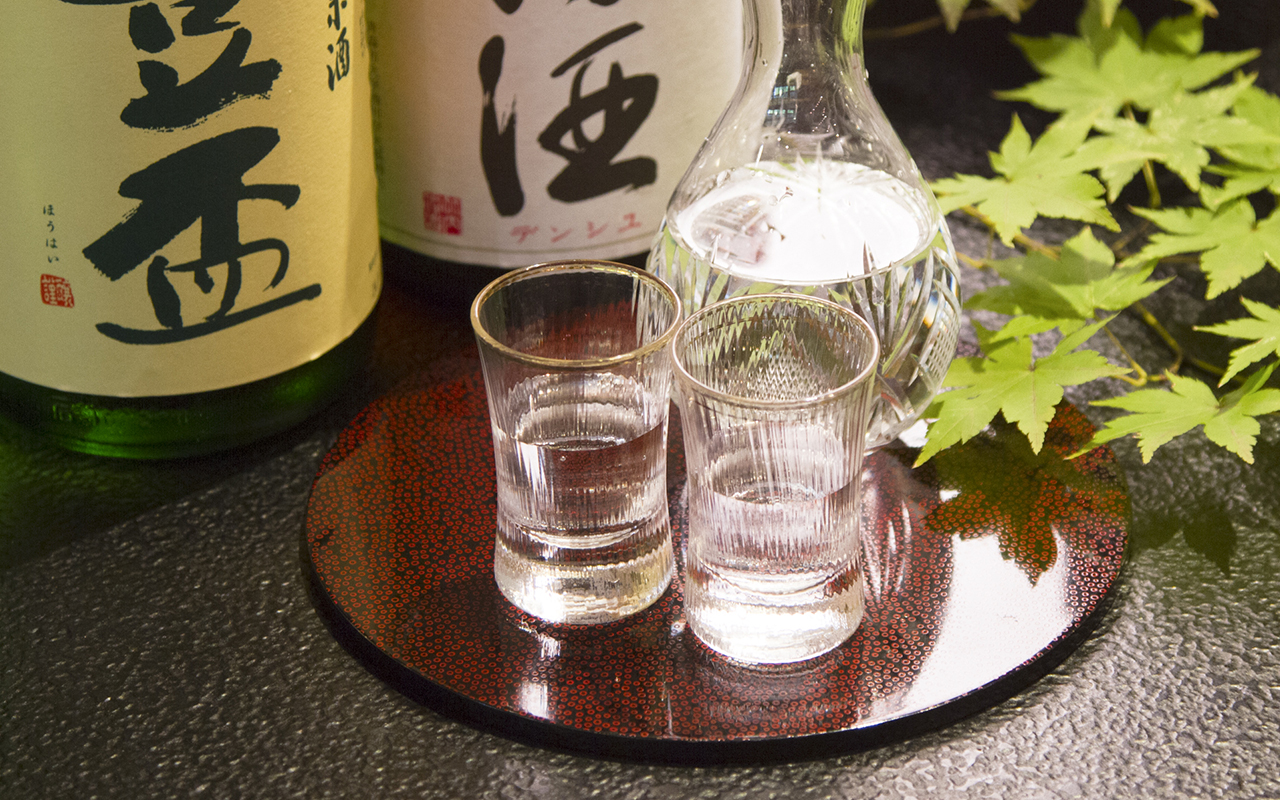
A sake bottle’s label is a treasure trove of information. It can tell you about its alcohol content, rice polishing ratio, and even the type of rice used. Learning to decode these details can greatly enhance your rice wine experience, guiding you to make informed choices. As you become more familiar with these labels, you’ll gain a deeper appreciation for the craftsmanship behind each bottle. Moreover, understanding the nuances of the label can also give insights into the brewery’s history, the ideal serving temperature, and sometimes even pairing suggestions.
Sake Brewing Process
Sake brewing is a meticulous process. It starts with rice milling, where the grains are polished. Then, the rice is washed, soaked, and steamed. Koji mold is added, followed by yeast, initiating fermentation. Each stage is crucial, impacting the final flavor profile. The dedication and precision of rice wine brewers are evident in every sip, reflecting their passion for the craft. This intricate process, often passed down through generations, combines both art and science, ensuring the highest quality in every bottle.
Exploring Sake Regions
Japan has several sake-producing regions, each with its unique characteristics. Niigata is known for its clean and crisp sakes, Hiroshima for its soft water that produces smooth sakes, and Kyoto for its traditional brewing methods. These regional differences result in a diverse range of flavors. As you explore different rice wines, you’ll begin to recognize the distinct characteristics of each region, adding another layer to your appreciation. The terroir, climate, and local traditions of each region play a significant role in shaping the unique profile of its sakes.
Sake Etiquette and Traditions
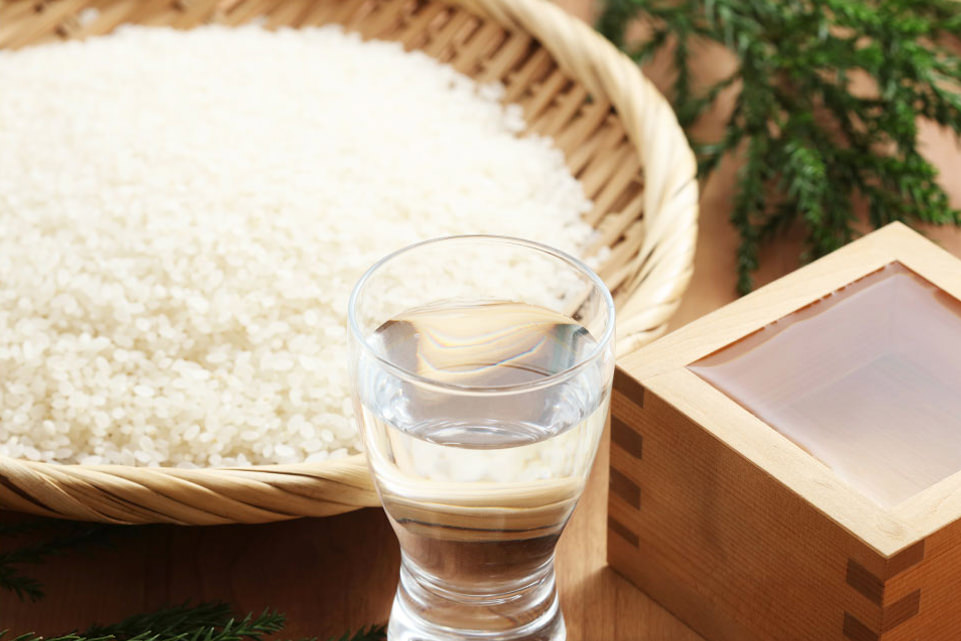
When enjoying sake, certain etiquettes enhance the experience. For instance, it’s customary to pour sake for others, never for oneself. Also, when receiving rice wine, it’s polite to hold the cup with both hands. These traditions enrich the sake-drinking experience, connecting us to its rich history. Embracing these customs adds depth to the experience, allowing one to feel a connection to centuries of tradition. Observing these etiquettes not only shows respect for the beverage but also for the people you share it with.
Sake Appreciation Events and Workshops
For those keen on deepening their rice wine knowledge, attending tasting events or workshops can be invaluable. These events offer guided tastings, allowing attendees to learn from experts and discover new favorites. Whether you’re a novice or a seasoned enthusiast, there’s always something new to learn, making these events a must-attend. Additionally, these gatherings provide a platform to meet fellow enthusiasts, exchange notes, and broaden one’s understanding of this exquisite drink.
Becoming a Sake Expert
Becoming a sake connoisseur is a journey. It requires curiosity, a willingness to explore, and a passion for learning. By understanding its basics, exploring its varieties, and immersing oneself in its traditions, one can truly appreciate the art of rice wine. Embark on this journey, and let the world of sake captivate your senses. With dedication and passion, you’ll find yourself not just a fan, but a true expert. Cheers!



